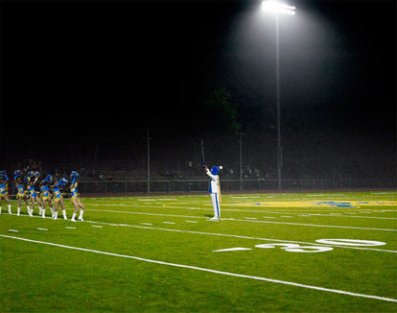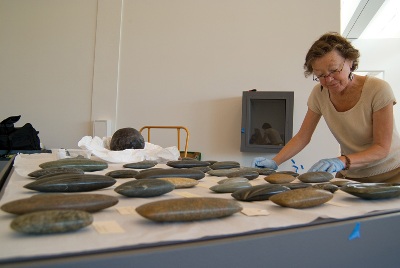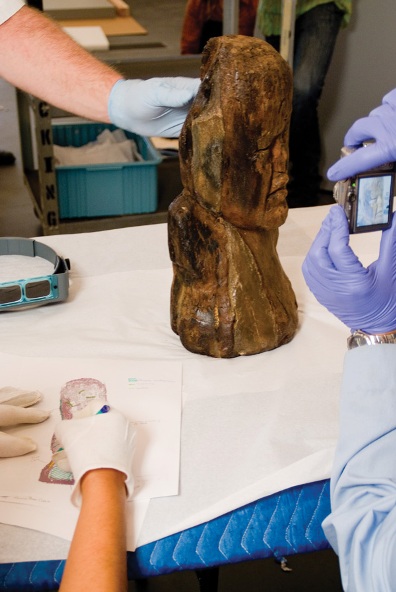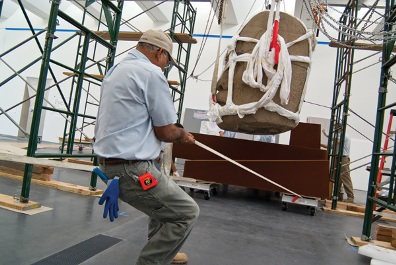Starting with the opening gala this Saturday, there are a lot of events and parties planned for the next week around the new Resnick Pavilion. I’m probably most excited for the Avant-Garde After Party, also on Saturday. Tickets are still available—like the gala, it’s a fundraiser for the museum, though the ticket price is a little more earthbound for those who want to support the museum without breaking the bank.
So what makes this party the most exciting? For this young(ish) music nerd, it’s the performance from the Chapin Sisters. There are certain songwriting ingredients I’m a sucker for, and lush harmonies are right at the top of that list. The Chapin Sisters have a great Laurel Canyon vibe about them, calling to mind the acts who populated that legendary locale in the late 60s and early 70s, blending folk, country, and rock.
You can sample some of the songs from the Chapin Sisters’ newest album, Two, at their website. I love the aching country ballad “Palm Tree” and sweet, bouncy “Left All Alone.” But my favorites are “Sweet Light” and “Digging a Hole.” I love them for their space—for how little actually happens in each song. “Sweet Light” is a capella for its first ninety seconds, the sisters’ voices wrapping around each other in gorgeous harmony. Then, at the midpoint, the voices go away and a lonely guitar converses with a vibraphone. It’s simple and gentle, loose and melancholy. “Digging a Hole” is also stripped down, letting the sisters’ voices carry the old-timey tune. Unlike the others, this song quietly builds itself up, layering drums, horns, flute, strings, and more harmonies as it progresses. Each addition is subtle; the song never feels busy, nor is it ever terribly loud. And yet, when the tambourine trots in at the end, the song’s climax feels larger than it actually is.
You’ll get your chance to hear these harmonies up close at Saturday’s After Party. For more info on the event, or for tickets, click here. You can also learn more about LACMA Avant-Garde.




 Posted by lacma
Posted by lacma 















